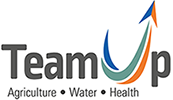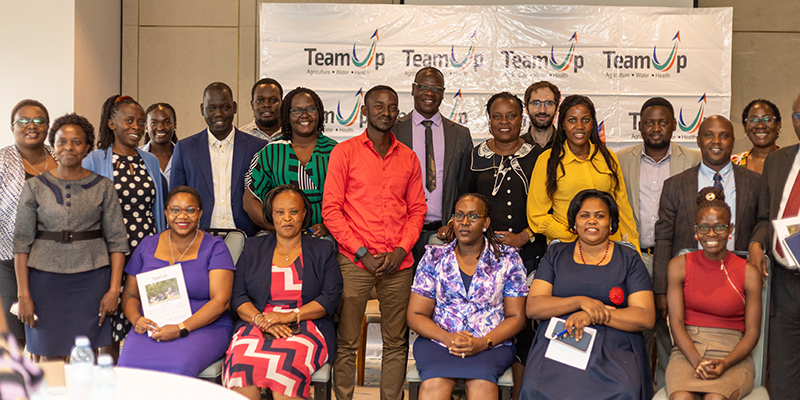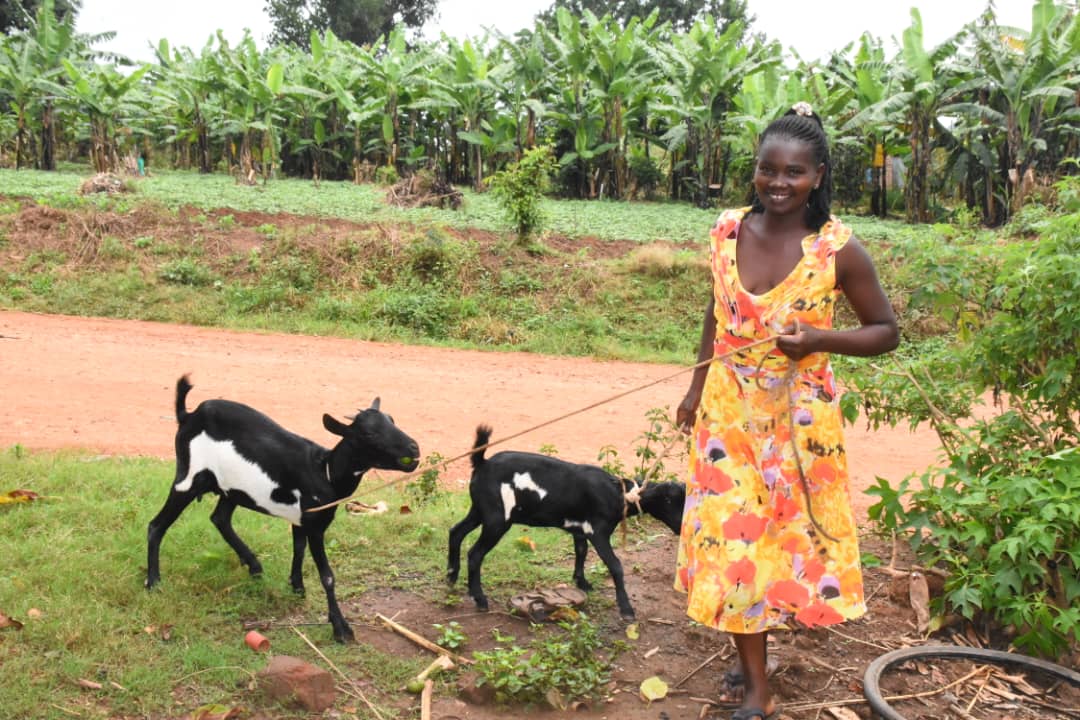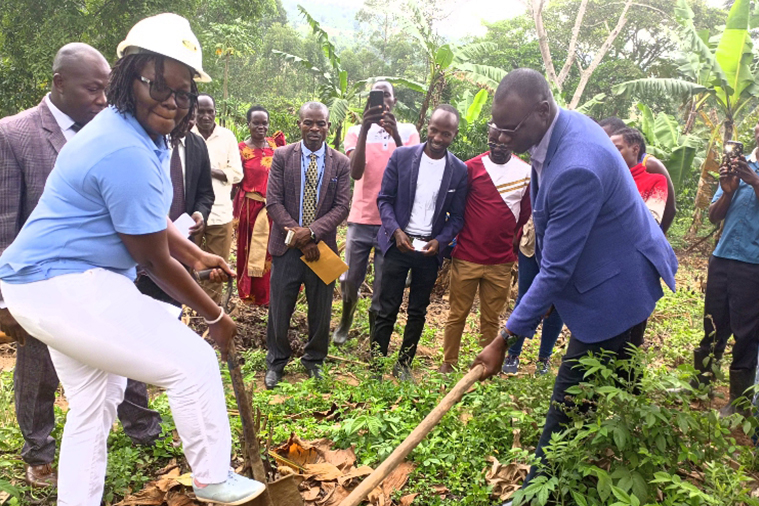Access to improved drinking water can only be fully realized alongside improved sanitation and adherence to improved hygiene practices.
The disease and time burden that is often associated with lack of access to WASH has been shown to prevent many young people from improving their livelihoods and achieving their potential professionally.
For young girls, the absence of a safe water source, clean, functional and private toilet facility can make the difference between staying in school and getting an education.
WASH in Schools
Incorporating WASH education in school can sustainably begin a lifetime of improved health for children, communities and the future in general.
WASH friendly schools including construction and upgrading of sanitation facilities. Following a school sanitation and hygiene needs assessment, 61 government aided schools were enrolled for hardware, sanitation and hygiene intervention.
- 09 schools are identified for hardware intervention that includes construction of latrines, changing rooms for young girls for use during menstruation, construction of incinerators. With WASH training inclusive of promotion of sanitation, hygiene and menstrual hygiene management.
- 52 Schools identified for WASH training inclusive of the promotion of sanitation, hygiene and menstrual hygiene management.
- Menstrual Hygiene Management.
Programming to help young girls to manage their monthly periods safely and with dignity, focusing on the fact that menstruation is a normal biological process and an important facet of reproductive health. Including young boys in the conversation to remove the stigma that accompanies menstruation in rural communities.
Improving young people’s (especially of school going age) access to knowledge about menstruation and to appropriate and hygienic sanitary facilities and materials in schools and homes.
Training includes addressing cultural taboos, increasing access to affordable and hygienic sanitary materials, facilitating disposal options, access to safe and private toilets and provision of clean water and soap for personal hygiene.
Upgrading and maintaining hand pumps in communities
A fully functional water source is one which is working and when pumped for 60 strokes, it fills a 20 liter container (jerry can). This 60-stroke test is the official manufacturer’s instruction on how a hand-pump should be working. It should fill a 20litre jerry can full, after 60 strokes. If it fails to do this, repairs are needed, because water users are not receiving adequate service and will tend to avoid using the source, because it is harder work and slow to collect water, such that queues are too long.
Additionally, if repairs are not made when the 60-strke test fails, resulting into more damage that is expensive will result. Whave Solutions’ technicians perform regular checks and respond immediately when worn parts threaten a breakdown, so ensuring that water keeps flowing every day.
Preventive maintenance
Supporting the government to establish governance systems that make sure rural water sources are functioning reliably all the time. Assisting the central and local government to decide appropriate price plans for maintenance tariffs, to avoid inflated ad hoc pricing of water that denies access to safe water to most rural families. It also contracts local technicians to maintain water sources in working condition through quality-control of materials, performance-payment contracts, training and supervision of preventive maintenance schedules. This professionalization of maintenance services leads to safe water being accessible daily to rural families, so improving health and economic productivity.
An agreement between the Water Source Community (WSC) and Whave Solution to provide preventive maintenance of the water source is signed. The contract aims to prevent the after source from breaking down through preventive maintenance provided by a qualified service provider.
The approach generates enough revenue for the local technicians and village water attendants to earn good livelihoods from keeping water sources working reliably, on the assumption that large communities such as trading or Rural Growth Centers are included. Reliable water sources release women and girls from long-distance water fetching and risks, allowing them more time to be productive and providing irrigation potential for dry-season agriculture.




